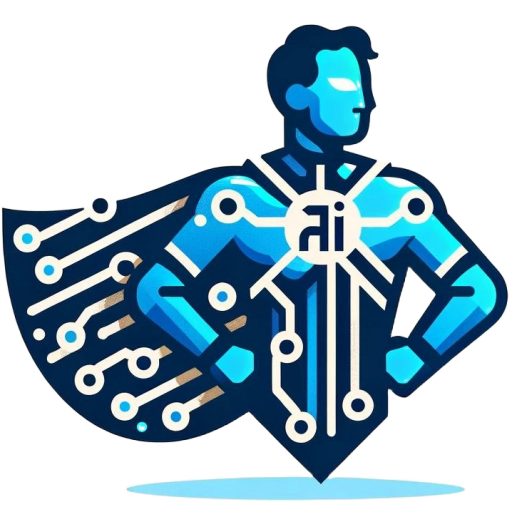Last Updated: January 30, 2024
In the current recruitment landscape, integrating AI into Applicant Tracking Systems (ATS) has become a game-changer. Here’s a detailed look at how AI can be used to revolutionize each aspect of the recruitment process:
Automated Job Posting and Distribution
- Example: AI can be programmed to automatically post job openings to a variety of platforms, including major job boards like Indeed and LinkedIn, as well as social media channels. For instance, an ATS integrated with AI can analyze the type of job and its requirements to determine the best platforms for posting, ensuring maximum reach and visibility. It can also optimize the timing of these posts based on when potential candidates are most active online.
Advanced Talent Sourcing
- Example: AI enhances talent sourcing by utilizing sophisticated algorithms that search across multiple online platforms and databases. It can analyze candidate profiles and behavior to suggest potential matches that might not be actively searching but are a good fit. For example, an AI-driven ATS can scour LinkedIn profiles and other professional networks to identify passive candidates with the desired skill set and experience level.
Intelligent Talent Pool Management
- Example: AI can enrich and update candidate profiles by pulling information from various sources, like professional networking sites and online portfolios. This ensures a constantly updated database where past applicants are re-evaluated for new openings. For instance, if a candidate updates their skills or job role on LinkedIn, the AI in the ATS can automatically update this in the talent pool.
Enhanced Candidate Assessment
- Example: AI can automate the initial screening process using advanced semantic analysis, which goes beyond keyword matching to understand context and relevancy. For example, it can assess a candidate’s fit for a role based not only on their technical skills but also on their soft skills and cultural compatibility, using data from their online presence and application materials.
Candidate Activation
- Example: AI can identify suitable past applicants for new job openings. For instance, if a candidate applied for a marketing role in the past and has since updated their skills, the AI can flag this candidate for a new, relevant opening. It can also update contact information by cross-referencing data from other online sources.
Robust Reports and Insights
- Example: AI can provide deep insights into recruitment performance by analyzing data trends. For instance, it can identify which sourcing channels are yielding the best candidates, predict future hiring needs based on company growth and turnover rates, and even suggest improvements in the recruitment process.
Streamlined Candidate Experience
- Example: From the initial signup to job application, AI can automate processes for a smoother experience. For example, AI can pre-fill application forms using data from a candidate’s LinkedIn profile, offer personalized job recommendations based on their profile, and keep them updated on their application status through automated notifications.
Efficient Interview Scheduling and Communication
- Example: AI can coordinate schedules and set up interviews, reducing the administrative burden. For instance, it can analyze the availability of both the candidate and the interview panel to find suitable time slots, send calendar invites, and provide timely reminders.
Automated Onboarding and Training Material Generation
- Example: AI can generate personalized onboarding and training materials. For instance, for a new project manager, the AI could create a custom onboarding plan that includes learning specific software tools and integrating into the team, spreading the training across an optimal time frame.
Bias Reduction and Diversity Enhancement
- Example: AI can help create job postings that are neutral and appealing to a diverse range of candidates. It can analyze language in job descriptions to ensure it’s inclusive and doesn’t unconsciously deter certain groups. AI can also be set to ignore demographic data like age, gender, or race in applications to reduce unconscious bias in the screening process.
By leveraging these AI-driven enhancements, ATS can transform the recruitment process into a more efficient, effective, and inclusive system. This not only saves time and resources but also enhances the overall candidate experience, leading to better hiring outcomes.
HR professionals can significantly enhance the efficiency and effectiveness of the hiring process.

Leave a Reply